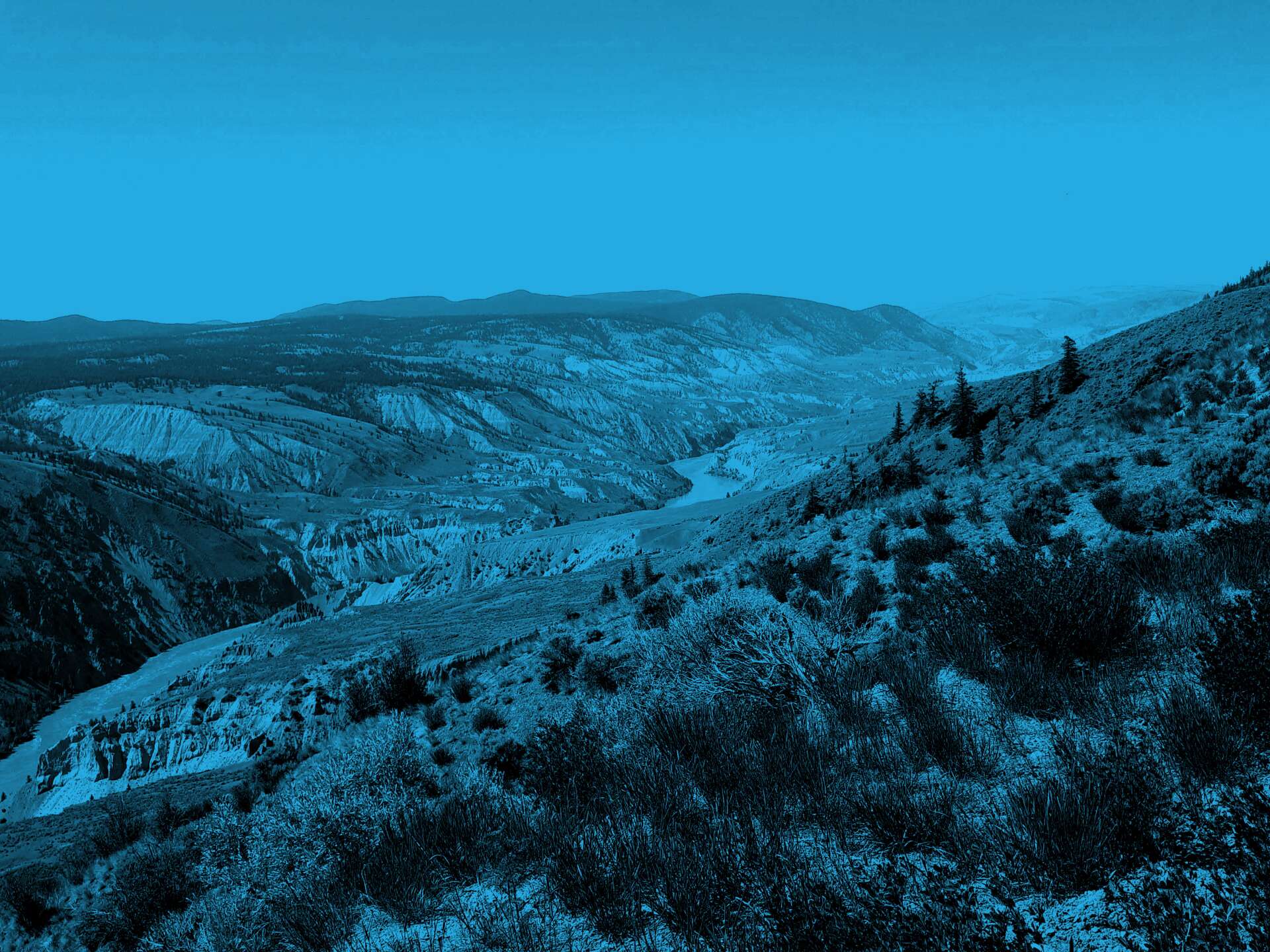Case Comment on Behn v. Moulton Contracting Ltd., 2013 SCC 26
In British Columbia, civil disobedience and the advancement of First Nations’ legal rights have gone hand in hand. There is a long history of Aboriginal people, frustrated with government and business running roughshod over their Aboriginal rights and title, setting up roadblocks to stop resource development, especially logging.
In a bitter twist of irony, First Nations’ history of direct action has contributed to advancing the law so as to now deny Aboriginal people the option of setting up roadblocks when all else fails.
What it is about
The Behn family of the Fort Nelson First Nation in Treaty 8 have a trapline. The British Columbia provincial government issued forestry licences and a road permit to Moulton Contracting to log trees within the Behns’ trapline. In the fall of 2006, the Behns set up a camp on the road to the proposed logging area, effectively stopping Moulton from logging.
Moulton filed a lawsuit against the Behns and the Fort Nelson First Nation seeking damages for interference with its logging operations. In defence to the lawsuit, the Behns wanted to argue that they were not properly consulted about the proposed logging and that it would infringe their Treaty 8 rights to hunt and trap.
Moulton successfully argued at the B.C. Supreme Court and the B.C. Court of Appeal that the duty to consult and treaty rights are collective rights of a First Nation and that individual members, such as the Behns, cannot rely on them as a defence when being sued for setting up a roadblock.
What the Court said
The Supreme Court of Canada ruled against the Behns. The Court held that the Crown’s duty to consult is owed to a First Nation as a whole, not to individual members. Unless individual members are authorized to represent a First Nation, there is no obligation on government to consult with them.
However, the Supreme Court did leave open the possibility of individuals acting on their own to protect their treaty rights. The Court noted that in certain situations an individual First Nation member might have a special connection to exercising a treaty right in a particular part of a First Nation’s territory. On this basis, individual members might be able to demand that government deal with them directly if there is a breach of treaty or infringement of treaty rights.
But in the case of the Behns, the Supreme Court held that even if they could have, as individuals, sought to enforce their treaty rights to hunt and trap, they should have done so by launching their own legal challenge to the forestry licences and road permit issued to Moulton, not through direct action. The Court would not countenance the Behns setting up a roadblock and then defending themselves by relying on their treaty rights because, according to the Court, that would endorse the type of ‘self-help remedy’ that brings the administration of justice into disrepute.
Why it matters
The decision will cause Aboriginal people across the country to think twice before taking the law into their hands to protect their lands, resources and culture by blocking access to resource companies and others who have government authorization to undertake development activities on their lands. But at the same time, the Court’s decision starts to open a door that up until now has appeared closed to Aboriginal people.
The Court’s repeated description of Aboriginal and treaty rights as collective, not individual rights, has created a presumption that individual First Nation members cannot seek to enforce Aboriginal and treaty rights—this could only be done by a representative of the First Nation as a whole. The Court’s decision raises the possibility, in specific circumstances, of individual First Nation members opposing government activity based on an infringement or breach of their treaty rights. While it is unclear how many individual First Nation members have both the motivation and the means to act on their own to defend their treaty rights, they now have a legal argument for doing so.
But for the Behn family, and especially patriarch George Behn, the Court’s decision must be a cruel irony. Now in his late 80s, George continues to hunt and trap as his ancestors did before him. As the former Chief of the Fort Nelson First Nation, George was part of a generation of First Nation leaders who protested while government and industry refused to respect Aboriginal and treaty rights. These leaders often stood alongside First Nation members who, out of desperation and commitment to principles, erected roadblocks to protest government inaction. This on-the-ground activism played an important role in developing Aboriginal law, including the Crown’s obligations to consult and accommodate. Now, the presence of those new legal obligations, and the opportunity for Aboriginal people to insist in court that they are enforced, has undermined the Behn family’s efforts to defend George’s trapline from logging.
Bruce McIvor, lawyer and historian, is principal of First Peoples Law Corporation. He is also an Adjunct Professor at the University of British Columbia’s Allard School of Law where he teaches the constitutional law of Aboriginal and Treaty rights. Bruce is a proud Métis from the Red River in Manitoba. He holds a Ph.D. in Aboriginal and environmental history and is a Fulbright Scholar. A member of the bar in British Columbia and Ontario, Bruce is recognized nationally and internationally as a leading practitioner of Aboriginal law in Canada.
Follow Bruce on LinkedIn and Twitter
For more First Peoples Law analysis, visit our blog
Sign up for our Aboriginal Law Report
